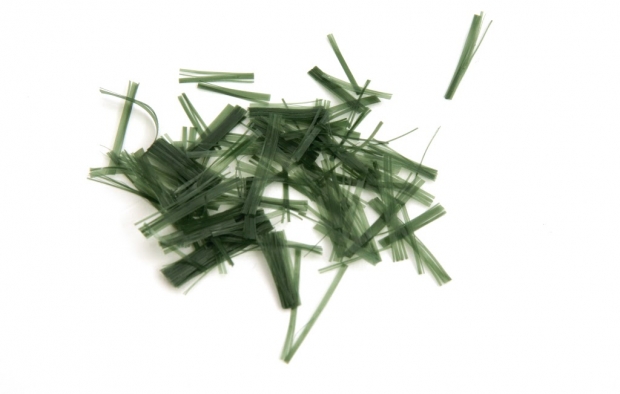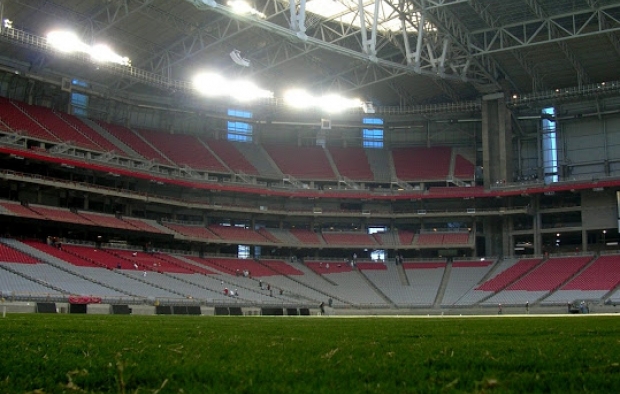On Wednesday, the U.S. defeated Algeria 1-0 on a goal made in the 91st minute by Landon Donovan, advancing them to round two of World Cup play. With their eyes focused on Soccer City, site of the World Cup final match, the U.S. may find a home field advantage from an unexpected place in the second round: the turf.
Why? Because approximately three years earlier, the United States national team had stunned the Mexican team, and much of the world, with a 2-0 victory on a similar playing surface at the University of Phoenix Stadium in Glendale, Arizona.
Now, at 4 of the 8 second round stadiums—Ellis Park, Vodacom Park (Free State), Moses Mabhida, and Soccer City—the U. S. may reap the benefits of a familiar playing surface produced back home. The integration of Stabilizer Solutions, Inc. StaLok® Fiber into the root zone of both the University of Phoenix Stadium and Soccer City, creates a ‘fiber reinforced natural turf’ playing surface, ideal for the team’s opportunistic style of play.
StaLok® Fiber, a synthetic fiber that mimics a natural grass root, stabilizes the root zone underneath the turf so the surface can withstand the constant impact it experiences during sporting events like the World Cup. With overnight temperatures dipping into the low 30’s F, the overseeded warm season grass cannot effectively repair itself after the abuse it receives during a World Cup soccer match. The StaLok® Fiber distributes the impact the players have on the surface throughout the rootzone, effectively increasing the turf’s load bearing capacity. This helps maintain a stable footing for Clint Dempsey’s stepover or Donovan’s foot shuffles, on a field that may see 540-plus minutes of soccer.
It is no question that ‘fiber reinforced natural turf’ ensures the game can be played the way it was meant to be played, on natural turf. In the 2008 NFL Players Association Playing Surfaces Opinion Survey, 72% of players preferred to play on natural grass, while the StaLok® Fiber field of University of Phoenix Stadium was voted the best grass playing surface in the league.
Finally, StaLok’s® ability to maintain the rootzone network structure during frost and rain is also essential in an open-air stadium like Soccer City. So, should the United States national team find itself, on July 11, 2010, playing the final match at Soccer City, they will know, at least, they have a home turf advantage.

